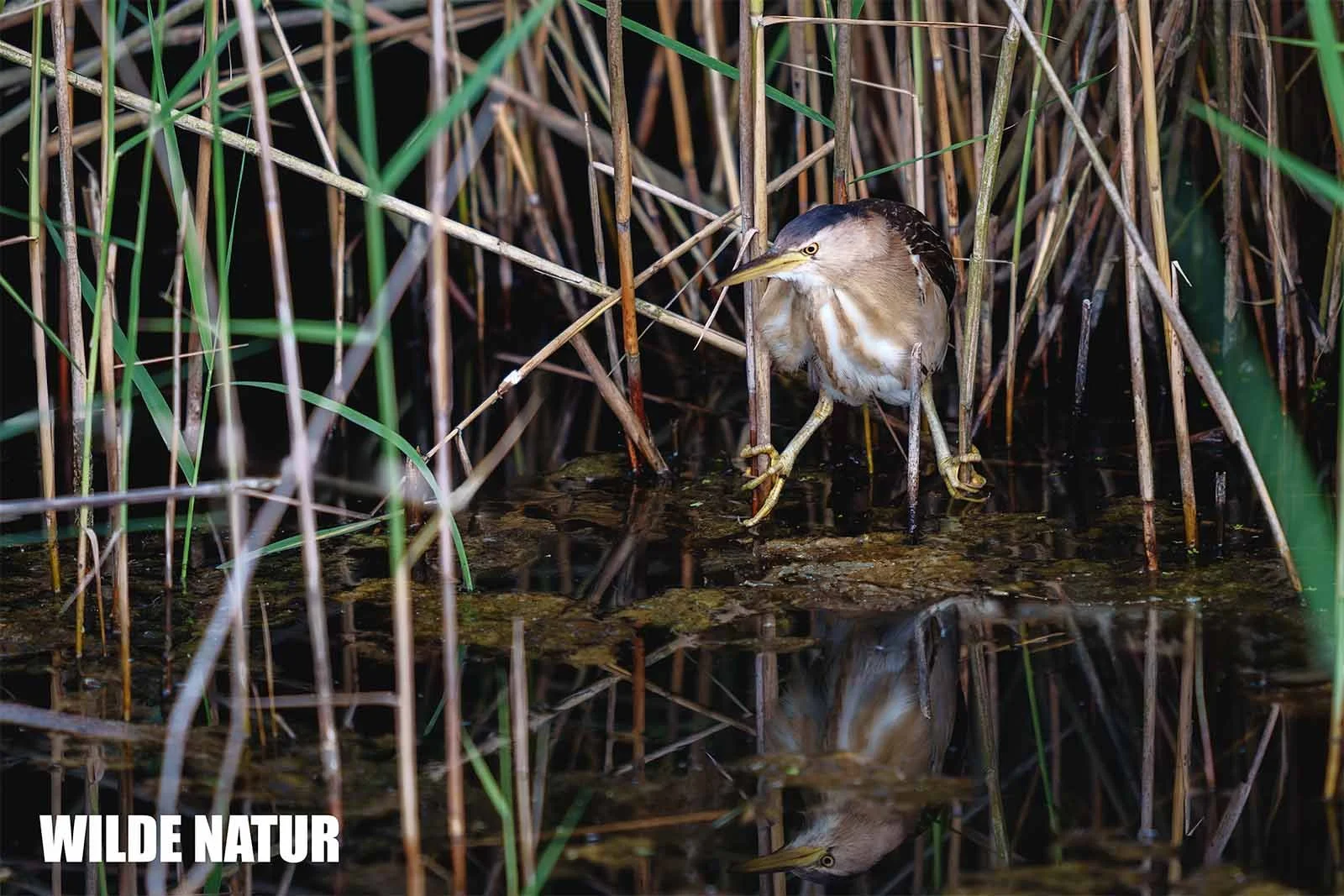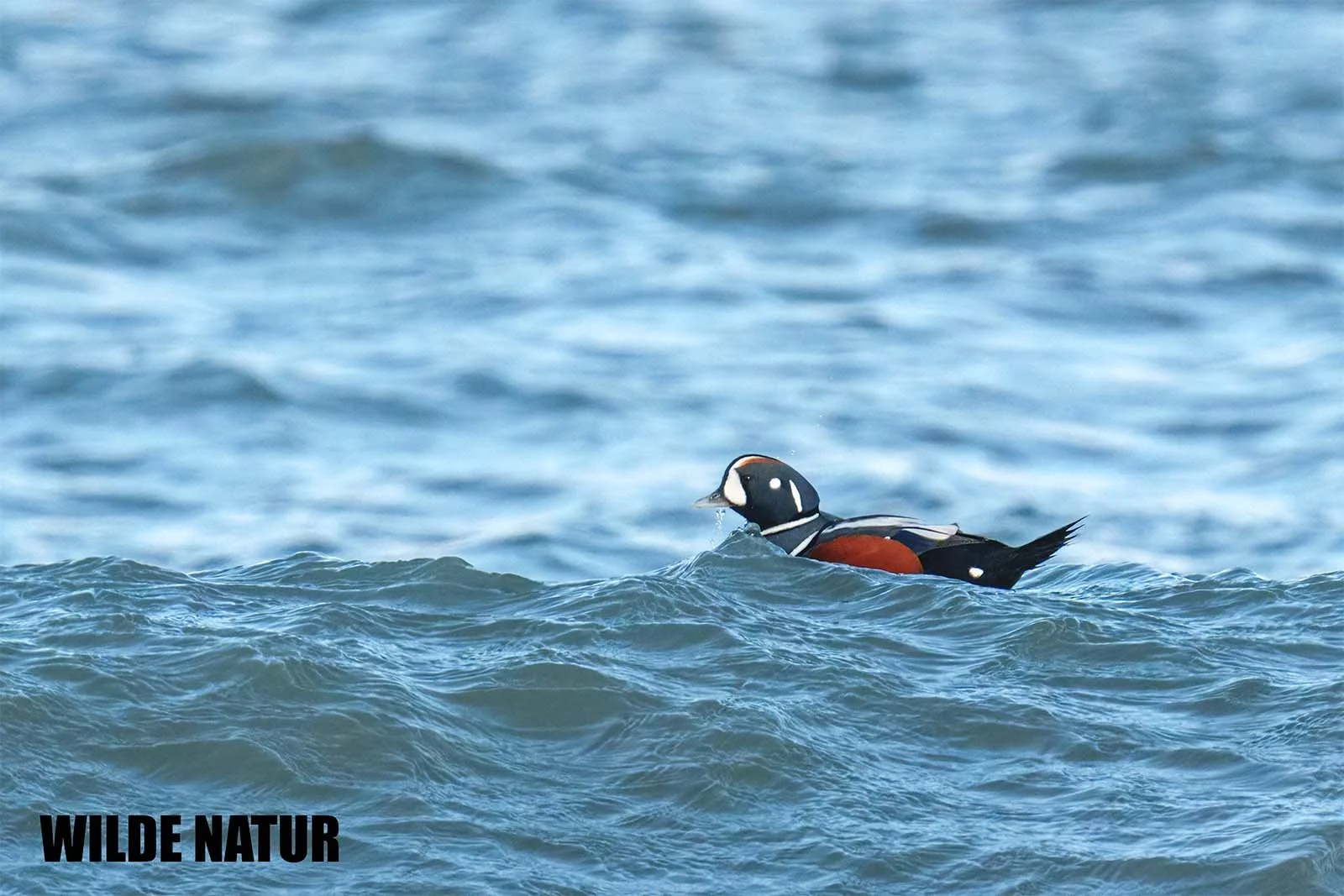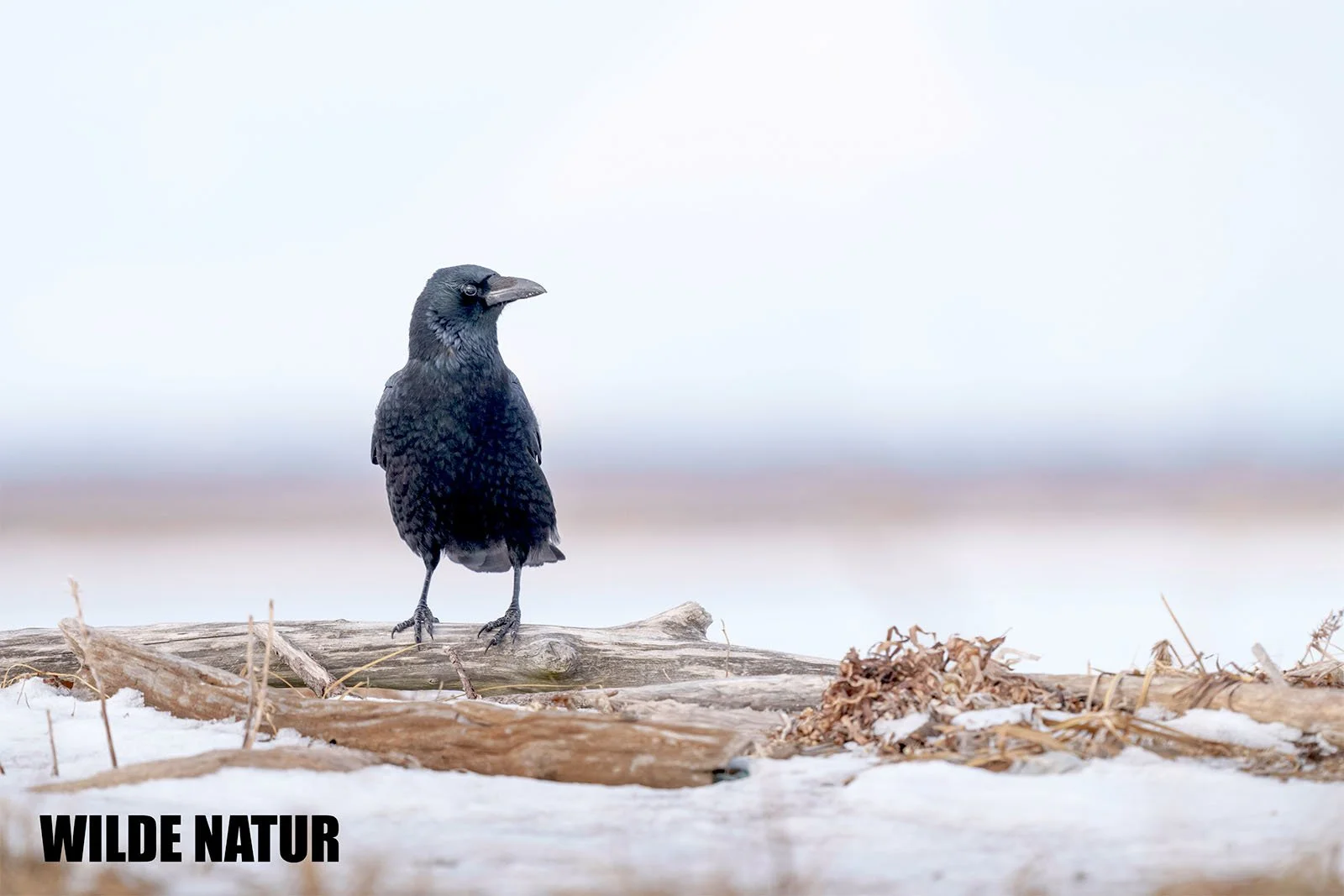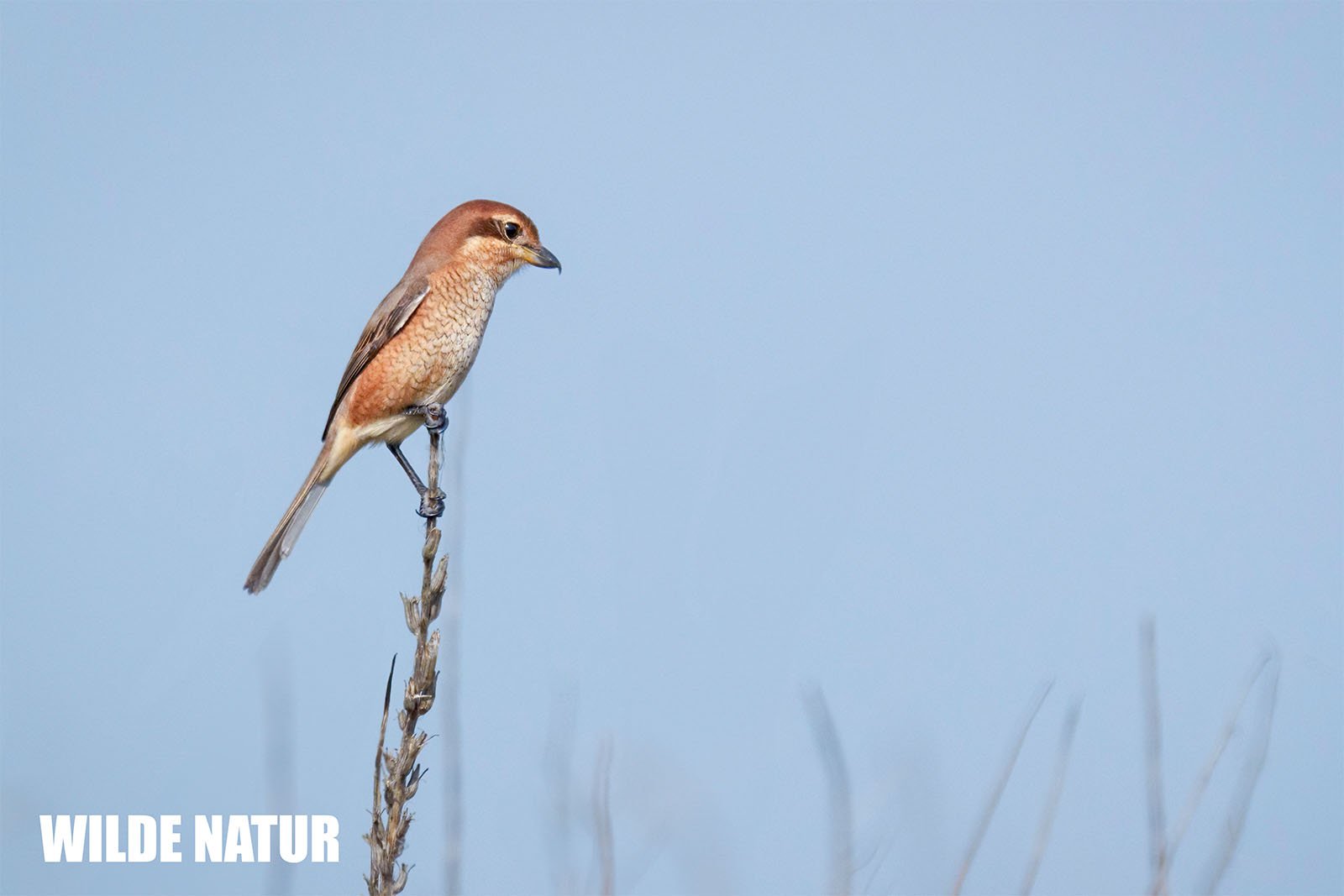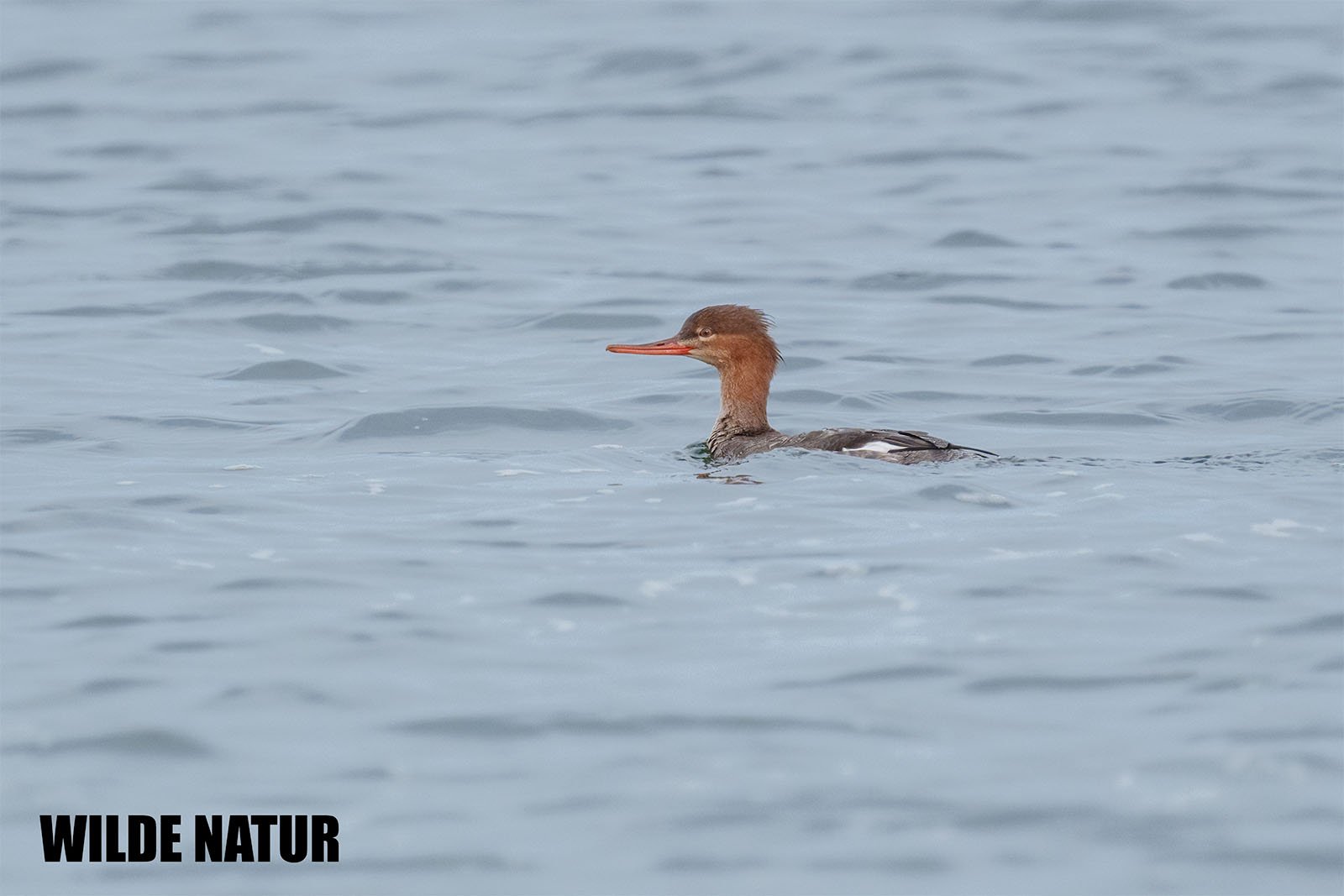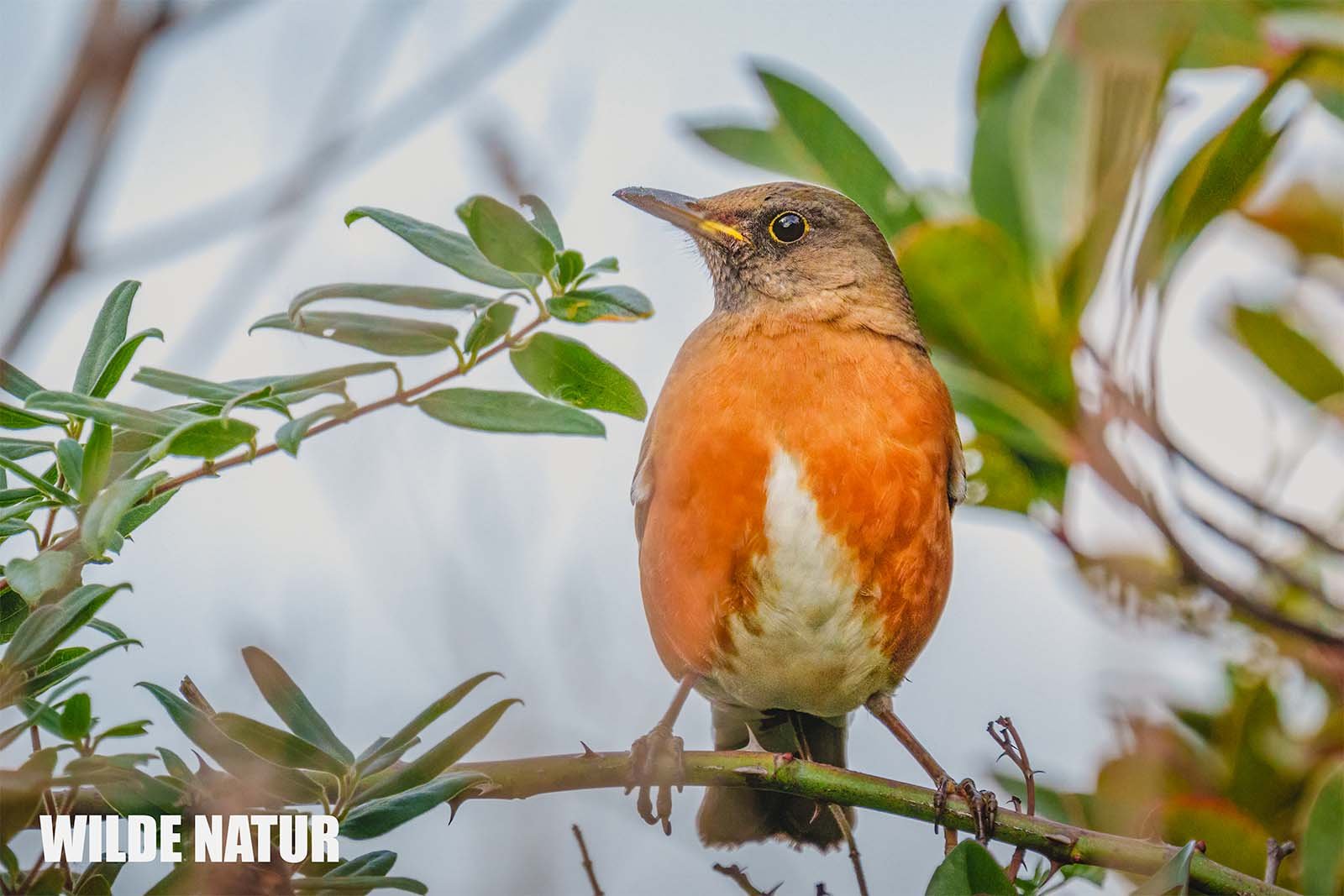Japanese cormorant (Phalacrocorax capillatus)
Japanese cormorant (Phalacrocorax capillatus)
Japanese Cormorant: Shining Seabird of Japan’s Coastlines
The Japanese Cormorant (Phalacrocorax capillatus) is a familiar coastal bird in Japan. A skilled diver, colony breeder, and participant in traditional Ukai fishing.
Shortlist
Large black seabird with green-blue iridescent plumage
Underwater fish hunter with a powerful hooked bill
Common on rocky coasts, harbors, and sea cliffs
Breeds in colonies on trees or cliffs
Closely linked to traditional cormorant fishing (Ukai)
Scientific Name: Phalacrocorax capillatus
Common Name: Japanese Cormorant
Japanese Name: ウミウ
Length: 80–90 cm
Weight: 1,800–2,500 g
Plumage: Deep black with green-blue sheen, white facial patches
Bill: Long, strong, and hooked
Diet: Fish – caught while diving
Breeding Season: April to July (varies by region)
Clutch Size: 3–5 eggs
Annual Pattern: Mostly resident with some winter movement
Habitat: Coasts, harbors, rocky islands, rivers
Conservation Status: Not endangered; culturally significant
Table of Contents
- Introduction
- Appearance
- Habitat
- Diet
- Breeding
- Seasonal Behavior
- Status and Cultural Role
- Species Overview
- FAQ – Common Questions
Introduction
The Japanese Cormorant is a familiar part of coastal life in Japan. Whether perched on a harbor post, gliding over a bay, or working with fishermen in traditional Ukai, this bird perfectly represents the connection between nature, culture, and the sea.
Appearance
Reaching up to 90 cm in length and nearly 2.5 kg in weight, the Japanese Cormorant is one of Japan’s largest waterbirds.
Distinguishing features:
- Plumage: deep black with a green-blue iridescent sheen
- Face: white patches on cheeks and throat (in adults)
- Bill: gray, strong, hooked – ideal for catching fish
- Legs: black with powerful webbing
- In flight: extended neck and smooth gliding motion
- In breeding season: white thigh tufts become visible
One iconic posture is the bird standing on a rock or pole with its wings spread out to dry.
Habitat
The Japanese Cormorant is found along the entire coastline of Japan, from Hokkaidō in the north to Kyūshū in the south.
Preferred habitats:
- Rocky coasts, cliffs, and offshore islands
- Bays, harbors, quiet coastal waters
- Rivers used for traditional Ukai fishing (e.g., Nagara River)
It nests on both cliffs and trees and always stays close to water.
Diet
An excellent diver, the Japanese Cormorant hunts fish underwater with speed and accuracy.
Typical prey:
- Sardines
- Mackerel
- Coastal bottom-dwelling fish
Its streamlined body and strong feet make it agile in the water. After diving, it must dry its plumage, which is not fully waterproof—hence its familiar drying pose.
Breeding
Breeding begins in April or May, depending on the region. Cormorants nest in colonies, usually on cliffs or trees near the sea.
Breeding behavior:
- Nest: strong, made from sticks, algae, seaweed, and guano
- Clutch size: 3–5 eggs
- Incubation: around 25–30 days
- Parental care: both parents incubate and feed the chicks
- Nestling period: around 7 weeks
Proximity to water helps reduce foraging time during chick rearing.
Seasonal Behavior
The Japanese Cormorant is a resident bird and generally stays in the same territory year-round.
- In colder months: local movements occur depending on fish availability
- In southern regions: breeding can occur year-round
The species rarely moves inland and sticks closely to marine environments.
Status and Cultural Role
This species is not endangered and is widespread along Japan’s coasts.
Threats:
- Loss of nesting sites due to coastal development
- Disturbance from human activity or maritime traffic
Cultural Significance:
The Japanese Cormorant plays a vital role in Ukai, a traditional fishing method practiced for over 1,300 years. Specially trained cormorants catch sweetfish (ayu) while tethered to handlers. This practice is especially famous along the Nagara River in Gifu Prefecture.
Species Overview – Japanese Cormorant
| Feature | Description |
|---|---|
| Scientific Name | Phalacrocorax capillatus |
| Common Name | Japanese Cormorant |
| Japanese Name | ウミウ |
| Length | 80–90 cm |
| Weight | 1,800–2,500 g |
| Plumage | Deep black with green-blue sheen, white face and throat |
| Bill | Long, hooked, and strong |
| Diet | Fish – caught while diving |
| Breeding Season | April to July (regional variation) |
| Clutch Size | 3–5 eggs |
| Nesting Site | Colonies on cliffs or trees near water |
| Annual Pattern | Resident; visible all year |
| Habitat | Coasts, harbors, rocky islands, rivers |
| Conservation Status | Not endangered; culturally important (Ukai tradition) |
FAQ – Common Questions About the Japanese Cormorant
1. Where can I see the Japanese Cormorant?
Along Japan’s coastlines from Hokkaidō to Kyūshū—especially around harbors, cliffs, or during Ukai events.
2. What is Ukai?
A traditional Japanese fishing technique in which trained cormorants catch fish under human guidance—famously practiced on the Nagara River.
3. Why do cormorants spread their wings?
To dry their feathers. Their plumage is semi-permeable, which helps with diving but needs drying after fishing.
4. Is the Japanese Cormorant migratory?
No, it's typically a resident bird. Only small-scale movements occur in winter depending on food supply.
5. Is the species protected?
Yes. It’s not endangered, but some nesting sites are monitored due to human impact and development.



